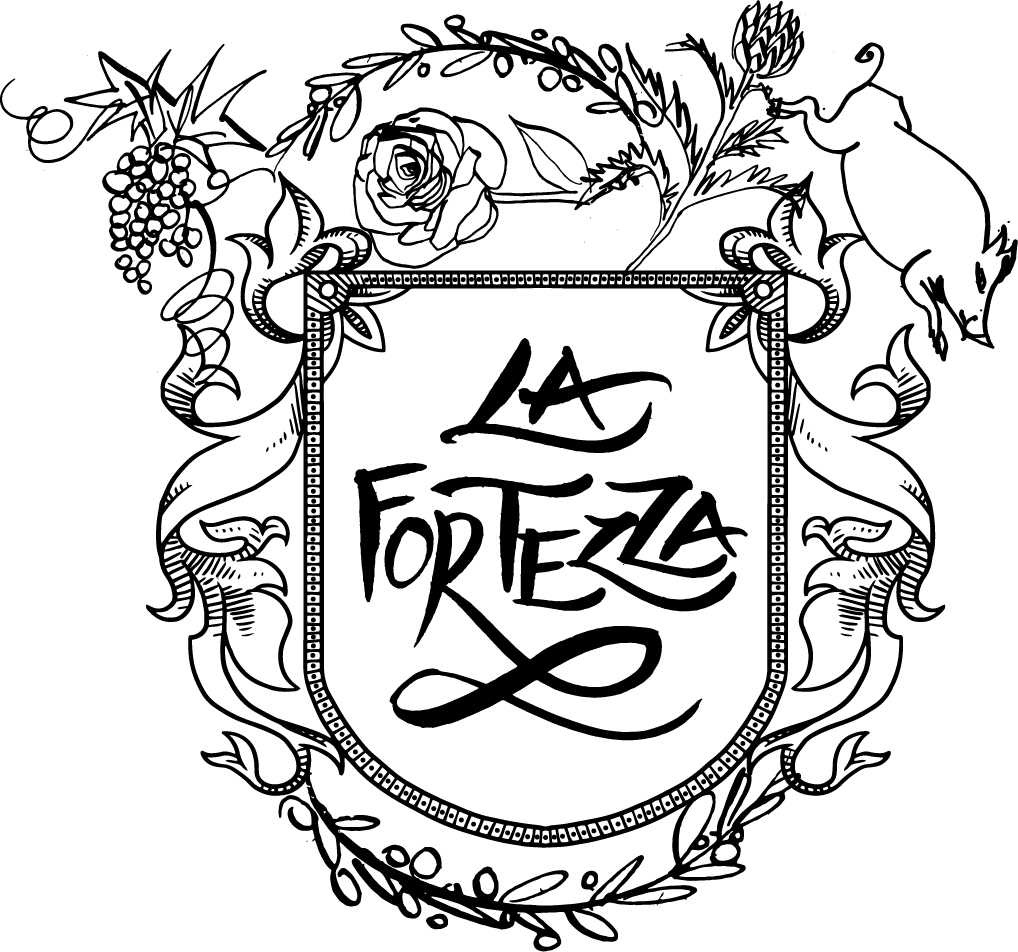The Testament of Testaroli
During our 3rd workshop here in Italy at La Fortezza, the emphasis of the workshop was on cooking local. I was thrilled to be able to introduce our attendees and our instructor Sif to one of the most original and authentic dishes in our region. Lunigiana is a mystery to most tourists visiting the region, but the truth is that most Italians are not familiar with the region either. Folks here are extremely proud of the area, and that includes the local products and cuisine. We have loads of products with chestnuts, bread honey, faro, China Amaro, and apple cider.My dear new friend Giovanna Zurlo of Azienda Agricola di là dall' Acqua invited us to an event she was hosting demonstrating the method of how testarolo is prepared.
What's Testaroli? Wikipedia describes Testaroli as, sometimes referred to as testarolo, it is a type of pasta or bread in Italian cuisine that is prepared using water, flour and salt, which is sliced into triangular shapes. A common dish in the Lunigiana region and historical territory of Italy, it is an ancient pasta originating from the Etruscan civilization of Italy. Testaroli has been described as "the earliest recorded pasta." It is also a native dish of the southern Liguria and northern Tuscany regions of Italy.Testaroli is prepared from a batter that is cooked on a hot flat surface, after which it may be consumed. It is traditionally cooked on a testo, a flat terra cotta or cast iron cooking surface from which the food's name is derived. It is sometimes cooked further in boiling water and then served. Testaroli is sometimes referred to as a bread, similar to focaccia in composition, and is sometimes referred to as a crêpe. It may be dressed with pesto sauce or other ingredients such as olive oil, Pecorino cheese, Parmigiano-Reggiano, and garlic. Falsi testaroli al ragu is a similar dish prepared using sliced pasta dough and a ragù sauce.All I know is that the demonstration was amazing. Over an open fire, the pan is heated and then the crepe-like batter is ladled into the white hot pan. It cooks in minutes and then is served with charcuterie. The alternate version of preparation is that the crepe is cut into bite size squares or triangles and boiled briefly about 30 seconds and served with pesto or ragu, like pasta.We all enjoyed a dinner together under the stars of local goat cheese and focaccia then the testaroli with pesto and local wine. Sharing this local cuisine and talking about the local products with our workshop instructor and attendees was truly magical and exactly what we wanted to accomplish. Eating local is the way of life here, and it's my goal to share this region with all our attendees one dish at a time.






